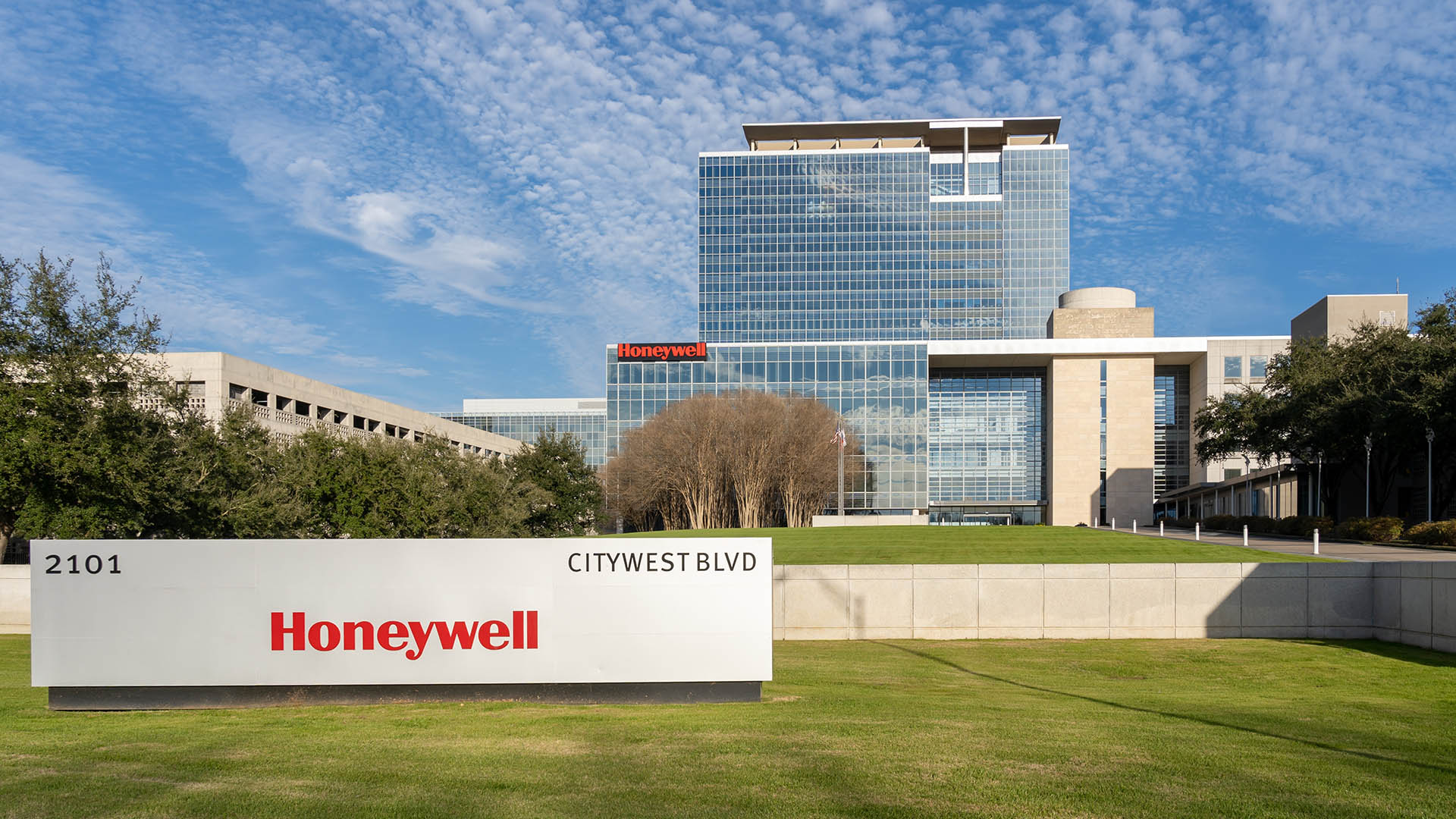China’s consumer price inflation got another pork push higher in September, while deflation tightened its grip on the country’s huge manufacturing sector.
At the same time, car sales fell for yet another month – the 15th monthly fall in a row.
Those surging pork prices pushed China’s consumer inflation to a near six-year high last month, hitting an annual rate of 3%, up from the 2.8% rate in August and market forecasts for a figure of 2.9%.
That rise means the CPI is now up against the government’s inflation target of “around 3%” this year.
The main factor was surging pork prices, up 69% from a year earlier—the fastest rise in 12 years–and more than half of the headline CPI’s September increase,
The driver is the continuing spread of African swine fever, a highly infectious virus that is fatal to pigs but not contagious to humans. it has seen around 200 million animals killed and their carcasses burnt as the government battles to control the outbreak.
The size of China’s swineherd has fallen by around 37% in the past year, leading to the surge in pork meat prices as a result. It has also seen imports of soybeans and soy meal fall because of the reduced need for feed for pigs.
China’s pork imports in September jumped 72% from a year earlier, following a 76% increase in August according to Monday’s September trade data.
The Statistics Bureau said food prices in China rose 11% in September from the same month in 2018, the strongest pace in nearly eight years, while nonfood prices moderated to a 1% rise from a 1.1% increase in August.
But perhaps the real worry is the fall in producer prices – down an annual 1.2% in the year to September from the 0.8% dip in August. On a month on month basis, producer prices edged up 0.1%.
Meanwhile, total auto sales in September across China fell 5.2% from the same month in 2018 to 2.27 million vehicles.
China’s Association of Automobile Manufacturers said the September drop followed falls of 6.9% in August and 4.3% in July.
China’s third-quarter GDP figure will be released tomorrow – most forecasts suggest it will be around 6.2%.













